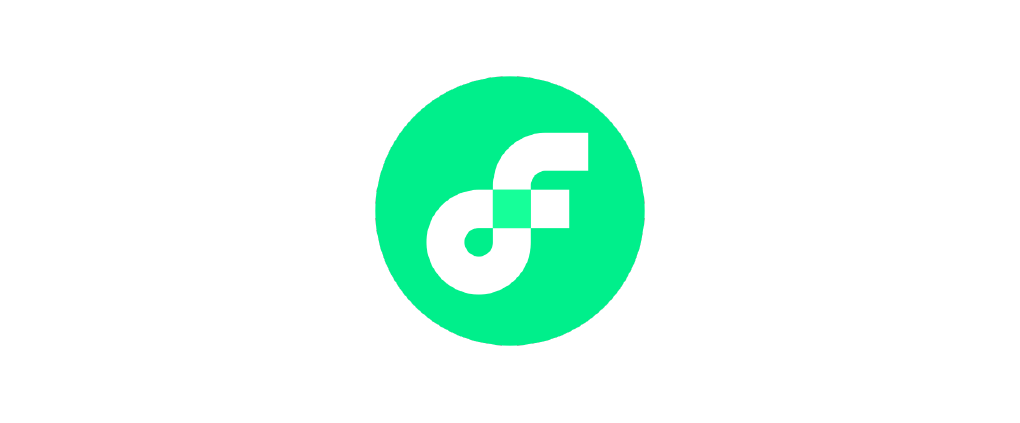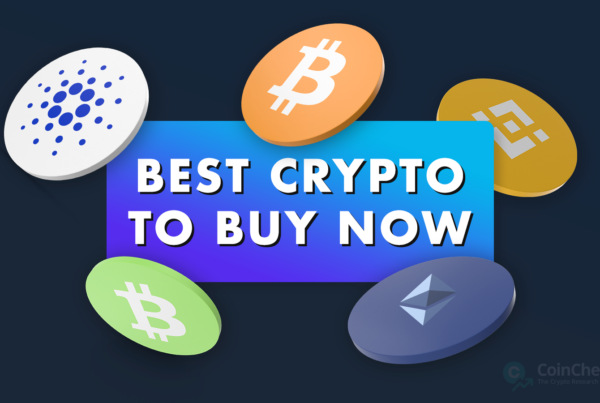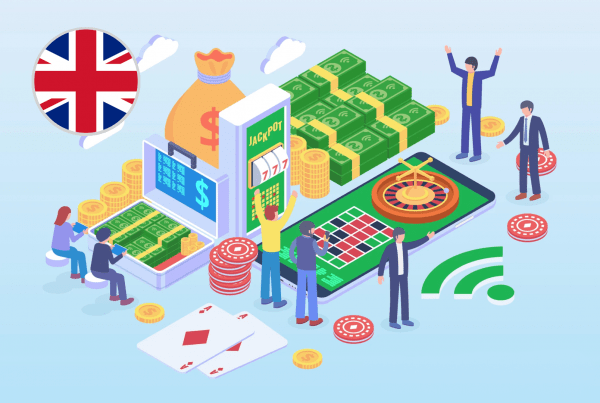We made it! Or should we say: the cryptocurrency markets have made it. We are talking about reclaiming the total market valuation of $2 trillion, which happened on August 13, of course. Even though the total market valuation of the sector dipped below $2 trillion a few times throughout Week 32, the markets have always recovered, and the positive sentiment appears capable of driving the market capitalization further up. This time the main “culprits” for the market capitalization pump were not Bitcoin and Ethereum (although they did contribute their significant share), but large market cap altcoins including ADA and XRP, both of which are featured in the article below. ADA price grew by more than 50% in Week 32, while XRP price drew an even steeper line on the charts as it is up by 65% in the seven days.

1. Cardano (ADA)
Cardano is a decentralized blockchain platform focused at creating a smart contract-enabled environment on which developers can build decentralized applications. Cardano utilizes a Proof-of-Stake consensus model and aims to provide a more sustainable, scalable, and transparent operation compared to other smart contract blockchains. The project was started in 2017 by Charles Hoskinson, a mathematician, who was once part of the Ethereum developer team. The team raised $62.2 million for project’s development through an ICO. The development of the project is now overseen by three main organizations, the IOHK, Cardano Foundation and Emurgo. Hoskinson and IOHK stive to follow the principles of academic peer review in the project’s development process. The native asset of the Cardano blockchain is called ADA, but previously this year, the project rolled-out an update, which allows users to issue other tokens on Cardano blockchain as well.
ADA Climbs above $2 following the Alonzo Upgrade announcement
Although the price of ADA has been climbing already before the revelation of the date of the Alonzo Upgrade, the official announcement that the Cardano developers are targeting to launch Alonzo upgrade on September 12, provided the kick that was needed to push ADA above $2. The date of the upgrade was delivered in the form of a video announcement from Cardano’s Nigel Hemsley. Later that day, IOHK confirmed the date mentioned in the video on Twitter:
The reason why users and investors are in such high anticipation and why they almost went ecstatic following the announcement lies in the scale and importance of the “Alonzo Purple” upgrade, which will deploy fully functional advanced smart contract solutions to Cardano blockchain. This is expected to additionally boost the Cardano’s use cases and adoption. The high expectations from smart contract implementation are also one of the main reasons behind the amazing price performance of ADA, which grew in value by more than 10x from the beginning of the year. Despite lacking smart contract support, the project has already found multiple real world use cases. One of the largest and most publicized Cardano’s projects is the blockchain-based tamper-proof platform for storing records of educational performance developed in cooperation with the Ethiopian government.
ADA, which currently trades at $2.17 per coin has a market capitalization of $68.1 billion, which makes it the fourth largest cryptocurrency by market cap. However, it is very likely that ADA will soon overtake BNB and claim the third place on the crypto “leaderboard”.

2. XRP (XRP)
XRP is a cryptocurrency that was launched in 2012 by Chris Larsen, Jed McCaleb and Arthur Britto. Ripple’s network uses a unique Ripple Protocol consensus algorithm (RPCA), which is neither proof-of-work nor proof-of-stake, to facilitate fast and cheap transactions. The maximum supply of XRP is 100 billion coins and all the coins were created at launch. Back than 80% of the total XRP supply was given to fintech firm Opencoin, a company that renamed to Ripple Labs in 2015. As of today, Ripple Labs still hold more than half of the total XRP supply. However, most of the company’s XRP holdings are locked in escrow and can only be accessed periodically. In 2020 Ripple became entangled in a lawsuit in which the U.S. SEC claims that the company sold unregistered securities. Ever since December 2020 the legal battle between Ripple and the SEC is one of the key factors influencing XRP price.
XRP breaks $1 as new lawsuit development tips the balance in Ripple’s favour
The evolution of events with regards to the ongoing U.S. SEC vs. Ripple lawsuit remains one of the key factors behind XRP price movements and the latest news from the courtroom floors seem to be more in Ripple’s favour than in SEC’s. Recently, the Court has approved Ripple’s request that the Commission reveals the documents and principles, which it applies in cryptocurrency related cases. The SEC on the other hand, is building their case on weaker and weaker grounds. They have requested Ripple’s internal communication data from messaging platform Slack and from the few documents they have received, they concluded that the Ripple employees demonstrated “desire to create speculative trading in XRP,” in the messaging thread. In addition, the SEC is accusing Ripple of disclosing incomplete communications data and withholding evidence. Several hearings have been scheduled in the following few weeks and the XRP price is undoubtedly going to move in accordance with the events in the courtrooms. The lawsuit, which will likely drag out until the end of the year, will influence not only Ripple but the cryptocurrency industry as a whole by setting the precedent case for cryptocurrency regulation.
Despite the lawsuit which is making it hard to do business in the U.S., Ripple is still present and active on other markets. Last week the company announced that their network will be used to process transactions between a major South Korean remittance service provider GME Remittance and Siam Commercial Bank (SCB), Thailand’s leading bank by market cap.
The aforementioned news has poured enough water to Ripple’s mill to trigger a small bull run. On August 11 the price of XRP surged above $1.00 for the first time in more than two months. At the time of writing, XRP is trading at a price of $1.28. Can more positive news push its value above $1.50?

3. Flow (FLOW)
Flow is a gaming and digital collectables blockchain developed by Dapper Labs, the team behind the cat breeding and collecting game Cryptokitties that seized the attention of the cryptocurrency world (and clogged the Ethereum blockchain) in 2017. Designed to be developer-friendly and as simple for the end users as possible, Flow aims to successfully cater the needs of the world’s franchise owners and attract many mainstream consumers. The Flow network relies on a proof-of-stake consensus model. Compared to Ethereum, Flow blockchain is more scalable as well as environmentally friendlier, but these advantages are only made possible because the developers opted for a more centralized approach.
Can Flow reach mass adoption by providing the perfect solution for the development of NFT-based games and digital collections?
The idea of Flow emerged when Dapper Labs concluded that it is not the smartest move to rely on the congested Ethereum blockchain as the backbone of their future NFT ventures. The conclusion, which was likely heavily influenced by the past Ethereum gas price surges (for example the one caused by the Cryptokitties hype or the rise of DeFi) led to the creation of Dapper Labs’ own specialized gaming and digital collectables blockchain – Flow. The first organization to build using Flow as the core infrastructure for a game was the NBA. In fact, Dapper Labs was contracted by the NBA to develop Top Shot – the NBA’s NFT-based card game, so the NBA played an important role in Flow’s creation. However, since then flow has established partnerships with several big associations such as the UFC, Warner Music Group, Dr. Seuss, and more. In addition, Dapper Labs, Flow’s developer and parent company, has been funded by Andreessen Horowitz, Google Ventures, Samsung, and a few other important figures from the Big Tech.
FLOW, the native currency of the Flow blockchain, sold for $ 0.10 per token in its ICO, which ended on October 6, 2020. Compared to its ICO price, the FLOW token valuation increased more than 220x against USD, more than 50x against Bitcoin and 24x against ETH. This gaming token, which is currently changing hands at a price of $22, has a market capitalization of $1.27 billion. However, FLOW still has a lot of space to grow, should other well-known brands follow the NBA’s lead.



